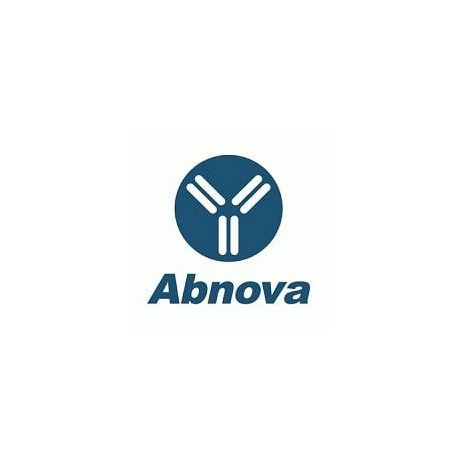Cart 0 Product Products (empty)
No products
To be determined Shipping
0,00 € Total
Prices are tax excluded
Product successfully added to your shopping cart
Quantity
Total
There are 0 items in your cart. There is 1 item in your cart.
Total products (tax excl.)
Total shipping (tax excl.) To be determined
Total (tax excl.)
Data sheet of Zic2 polyclonal antibody
| Brand | Abnova |
| Product type | Primary antibodies |
| Reactivity | Chicken,Chimpanzee,Dog,Frog,Human,Mouse,Rat |
| Host species | Rabbit |
| Applications | ELISA,WB-Ti |
More info about Zic2 polyclonal antibody
| Brand: | Abnova |
| Reference: | PAB11336 |
| Product name: | Zic2 polyclonal antibody |
| Product description: | Rabbit polyclonal antibody raised against synthetic peptide of Zic2. |
| Gene id: | 22772 |
| Gene name: | Zic2 |
| Gene alias: | HPE5|Ku |
| Gene description: | zinc finger protein of the cerebellum 2 |
| Immunogen: | A synthetic peptide corresponding to amino acids 189-206 of mouse Zic2. |
| Protein accession: | O95409;NP_009060 |
| Form: | Liquid |
| Recommend dilutions: | ELISA (1:10000-1:50000) Western Blot (1:500-1:2000) The optimal working dilution should be determined by the end user. |
| Storage buffer: | In 20 mM KH2PO4, 150 mM NaCl, pH 7.2 (0.01% sodium azide) |
| Storage instruction: | Store at 4°C. For long term storage store at -20°C. Aliquot to avoid repeated freezing and thawing. |
| Quality control testing: | Antibody Reactive Against Synthetic Peptide. |
| Note: | This product contains sodium azide: a POISONOUS AND HAZARDOUS SUBSTANCE which should be handled by trained staff only. |
| Product type: | Primary antibodies |
| Host species: | Rabbit |
| Antigen species / target species: | Mouse |
| Reactivity: | Chicken,Chimpanzee,Dog,Frog,Human,Mouse,Rat |
| Application image: |  |
| Application image note: | Western blot using Zic2 polyclonal antibody (Cat # PAB11336) shows detection of a band ~55 KDa (arrowhead) corresponding to Zic2 in lysates from (lane1) mouse brain and (Lane 2) rat brain. Approximately 20 ug of each lysate was run on a SDS-PAGE and transferred onto nitrocellulose followed by reaction with a 1:500 dilution of Zic2 polyclonal antibody (Cat # PAB11336). The upper band in the mouse brain lysate represents Zic2. |
| Applications: | ELISA,WB-Ti |
| Shipping condition: | Dry Ice |
| Publications: | Possible association of NTDs with a polyhistidine tract polymorphism in the ZIC2 gene.Brown LY, Hodge SE, Johnson WG, Guy SG, Nye JS, Brown S. Am J Med Genet. 2002 Mar 1;108(2):128-31. |


